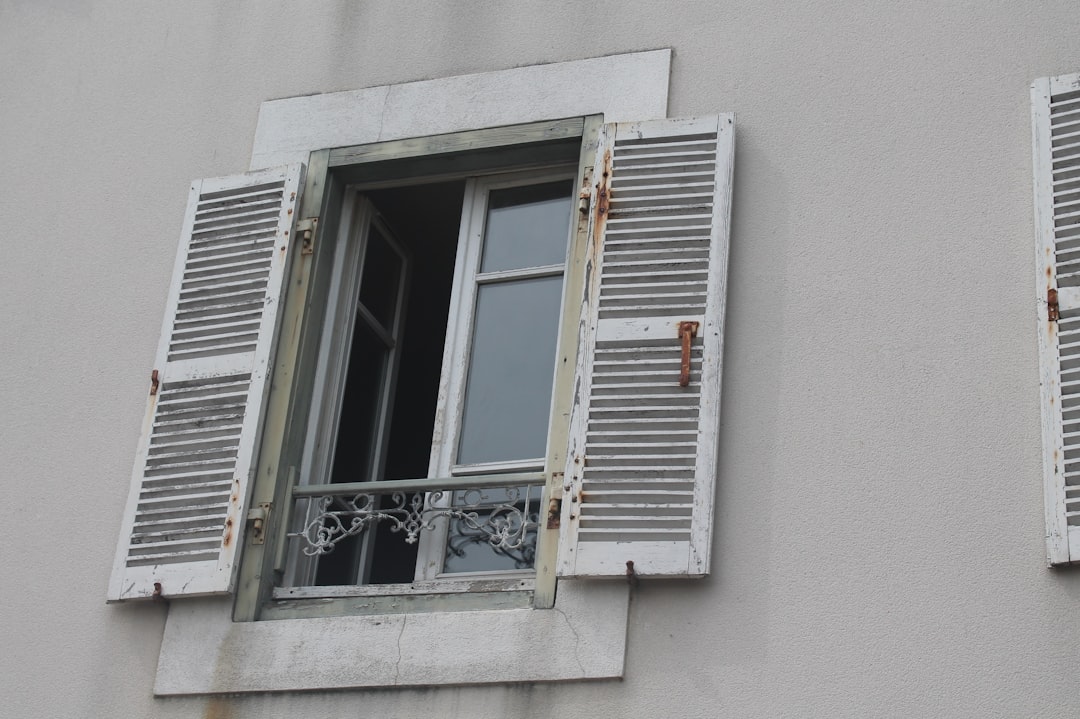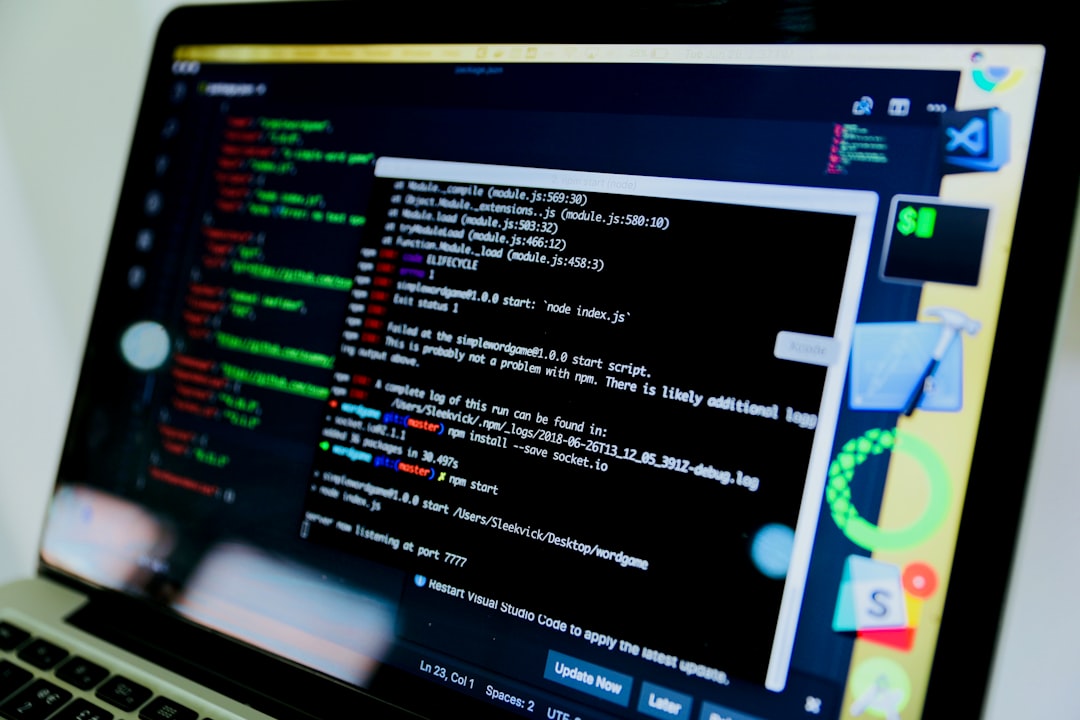The Deployment Imaging Service and Management Tool (DISM) is an essential command-line utility on Windows operating systems used for servicing and preparing Windows images. Whether you’re trying to repair corrupted files or manage Windows image files (.wim), DISM is a powerful foundational tool for system administrators and advanced users alike. However, like most command-line utilities, DISM isn’t immune to errors — one of the most commonly encountered being Error 87.
This article provides a trustworthy and detailed guide to understanding DISM Error 87, the correct syntax to avoid triggering the error, common pitfalls that lead to it, and detailed repair steps you can follow to resolve the issue and restore stability to your Windows environment.
What is DISM Error 87?
DISM Error 87 typically occurs when there’s a problem with the way a command has been typed or interpreted. The error message might look like this:
Error: 87 The parameter is incorrect. For more information, refer to the help by running DISM.exe /?.
This message may sound vague, but it usually points to syntax issues, incompatibility, or a use of DISM on an unsupported version of Windows. Understanding the root cause is crucial for efficiently resolving the problem.
Correct Syntax for Common DISM Commands
Using correct command syntax is the first step toward avoiding DISM Error 87. Below are some commonly used DISM commands along with their correct format:
- Check System Health (without repairing):
DISM /Online /Cleanup-Image /ScanHealth - Check for corruption and identify if repair is possible:
DISM /Online /Cleanup-Image /CheckHealth - Scan and repair the system image:
DISM /Online /Cleanup-Image /RestoreHealth
The parameters /ScanHealth, /CheckHealth, and /RestoreHealth should always be preceded by the /Online and /Cleanup-Image flags and spelled correctly. Even a minor typo, such as using a hyphen instead of a forward slash, can generate DISM Error 87.
Common Pitfalls That Trigger Error 87
While DISM Error 87 is often linked to syntax issues, there are several underlying causes that users—even experienced ones—may overlook. Here are the most frequent mistakes:
- Incorrect Command Syntax
Perhaps the most common issue. Each DISM command requires specific parameters. Incorrect usage likeDISM -Online -CleanupImage -RestoreHealthinstead of using slashes (“/”) will cause this error. - Outdated Windows Version
Running newer DISM commands on outdated versions of Windows (e.g., Windows 7 or older) can result in compatibility issues. - DISM Executed in Standard Command Prompt
Many DISM commands require administrative privileges. Running these in a standard Command Prompt may cause Error 87 or other failures. - Missing or Misplaced Parameters
Parameters must be in the correct order. Switching or omitting any required flag can lead to command misinterpretation. - Conflicting Software or System File Corruption
In rare cases, underlying system corruption or conflicting third-party software may interfere with DISM operations.

Repair Steps to Resolve DISM Error 87
If you’ve encountered Error 87 while using DISM, follow these structured repair steps to fix the issue:
Step 1: Run Command Prompt as Administrator
The first and most important step is to run Command Prompt with administrative privileges.
- Press Windows + S and type cmd.
- Right-click on Command Prompt and select Run as administrator.
Once the elevated Command Prompt opens, retry your DISM commands with correct syntax.
Step 2: Verify Correct Syntax
Ensure you are typing the commands exactly as required. Here’s the most commonly used repair command:
DISM /Online /Cleanup-Image /RestoreHealth
Adding spaces appropriately and using correct slashes are vital for the command to be recognized.
Step 3: Update Windows
Outdated versions of DISM do not support newer syntax options. Ensure your system is updated:
- Open Settings → Windows Update.
- Click Check for updates and install any available patches.
Step 4: Use System File Checker (SFC)
If DISM continues to return Error 87, run SFC to identify deeper system-level issues:
sfc /scannow
This tool will scan and automatically repair critical system files. After completion, attempt to rerun DISM.
Step 5: Use an ISO Image for Repair (Advanced)
If issues persist, you can point DISM to a local Windows installation image using the /Source parameter:
DISM /Online /Cleanup-Image /RestoreHealth /Source:WIM:D:sourcesinstall.wim:1 /LimitAccess
Replace D: with the actual drive where your installation media is mounted. This approach bypasses the need to download files and is particularly effective on machines with limited internet access.

Step 6: Reset Windows Update Components
Sometimes, corrupted Windows Update components can disrupt DISM. You can reset them with a script or by manually stopping and restarting services:
net stop wuauserv net stop cryptSvc net stop bits net stop msiserver ren C:WindowsSoftwareDistribution SoftwareDistribution.old ren C:WindowsSystem32catroot2 catroot2.old net start wuauserv net start cryptSvc net start bits net start msiserver
After restarting your computer, try running the DISM command again.
When to Seek Additional Help
If, after all these steps, DISM still throws Error 87, it may be time to consult with IT professionals. It’s also worth checking relevant Microsoft forums or community documentation, especially if your setup is part of a complex enterprise environment using Group Policies, WSUS, or other controlled update mechanisms.
Preventing Future DISM Errors
Once you’ve resolved the error, consider these best practices to avoid running into the same problem again:
- Always double-check syntax: Avoid typing errors by copying from trusted sources.
- Keep Windows and DISM updated: Regular updates ensure compatibility with the latest DISM features.
- Maintain regular backups: In the event DISM or other repair tools fail, a backup can save you hours of recovery time.
- Avoid unauthorized system tweaks: Third-party tools or registry changes can sometimes conflict with system utilities like DISM.
Conclusion
DISM Error 87 is one of the more common missteps users face when attempting to fix corrupted system files in Windows. The good news is that it’s usually caused by correctable syntax errors, administrative permission issues, or outdated software components. By following the above repair steps methodically—starting from syntax validation to using full offline sources for repairs—you can effectively eliminate this error and maintain a clean, functional system.
When used correctly, DISM is a powerful ally in maintaining system health. A disciplined approach combined with technical accuracy will ensure you can rely on it whenever system integrity is at stake.



